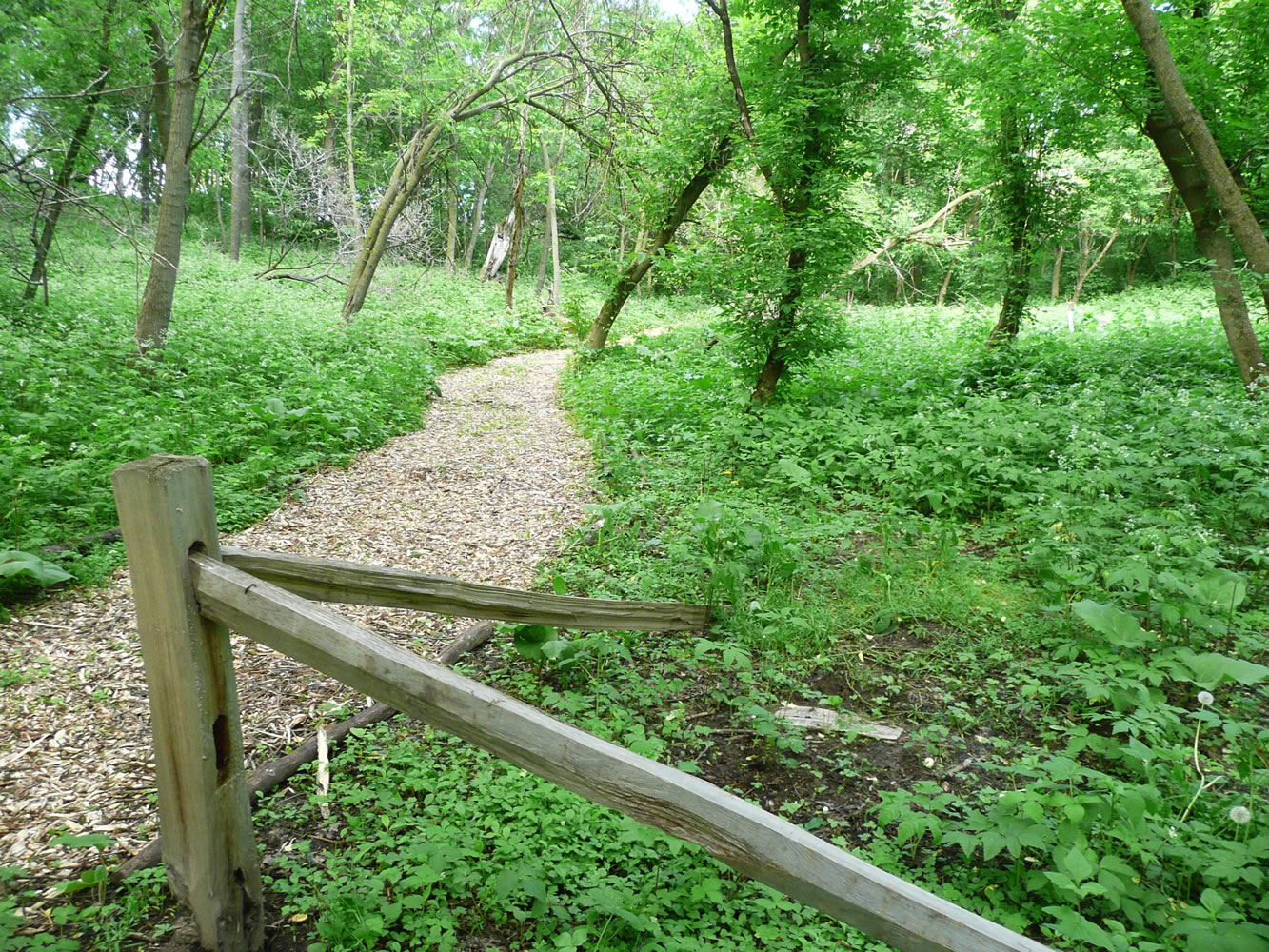Some people take their principles to their grave. And for some baby boomers, that means planning for their funerals, or their parents’ funerals, in an eco-friendly way.
Shedden Farley’s mother, Linda Farley, was passionate about a lot of causes, including the environment. When she died of cancer in 2009 at the age of 80, the family knew they wanted a natural burial that would have a minimal ecological impact, said Farley, a general contractor in Fort Collins, Colorado.
Many traditional cultures practice natural burials that don’t interfere with the organic process of decomposition. In modern North America, however, it has become common to place an embalmed body in a wood or metal casket, and inter it in a concrete vault. Cemeteries are often flat, with landscaped lawns and rows of headstones.
Because there were no “green” cemeteries near Linda Farley’s home in rural Wisconsin, the family got permission to bury her on their property.
“Not only did we dig the grave, but we put her in the grave, and we filled the grave — and it was an amazingly cathartic thing to do,” said Farley, one of five sons. “It was a way of being intimate with our mother right up until we would never see her again.”
The experience spurred his father, Gene Farley, to suggest that the family set aside 25 acres, which has become the Natural Path Sanctuary, a nature preserve burial ground, near Madison, Wis.
The environmental burial movement is mostly a recent phenomenon. Ramsey Creek preserve opened as the country’s first “green” cemetery in Westminster, S.C., in 1998. It would take another seven years before the Green Burial Council, a California-based advocacy group, formed.
Today there are more than 40 certified green cemeteries in North America, according to Joe Sehee, the council’s founder.
“When baby boomers start to die, I think you’ll see a lot more of it. They have a keen interest in environmentalism,” said Sehee, 53, who lives in Melbourne, Australia.
Practices for green burials vary. Some families dig their own graves, others have it done for them. Some cemeteries only allow shrouds, while others permit an unfinished coffin made from sustainable wood.
Cremation is accepted at some but not all because of the fossil fuels burned and the pollutants that may be released from dental fillings and artificial joints.
Some eco-friendly cemeteries permit grave markers; others provide GPS coordinates for the family’s future visits.
The Green Burial Council sets out four goals for an eco-friendly funeral:
o Conserve natural resources by eliminating the need for watering, mowing, fertilizers and pesticides.
o Reduce carbon emissions by avoiding the use of concrete burial vaults and metal caskets.
o Protect the health of workers by preventing exposure to toxic chemicals in embalming fluids, adhesives and coffin finishes.
o Preserve habitat by creating burial grounds that function as permanently protected natural areas.
Natural Path Sanctuary, which has not sought council certification, opened in 2011 and has about 30 people buried there, including Gene Farley, who died in 2013 at 86.
About 50 others have made pre-arrangements, which involved making a $2,500 donation to the nonprofit Linda & Gene Farley Center for Peace, Justice and Sustainability, and paying $1,000 for burial rights, said Kevin Corrado, who runs the sanctuary’s burial program. The fee doesn’t include funeral home costs, although in Wisconsin, a family member may act as funeral director.
Still, it’s a deal compared to conventional burials. The national median cost of a funeral was more than $7,000 in 2012, plus an additional $1,300 for a vault, according to the National Funeral Directors’ Association. That’s in addition to the cost of burial rights, which are typically more than $4,000, according to eFuneral.
Sehee recommends that consumers ask any cemetery operator offering green burial if there is a conservation easement or restricted covenant in place to uphold long-term ecological promises, in case the property is ever sold.
At Natural Path, visitors walk along paths covered in woodchips. “You walk through there and you may notice the two freshest (graves) that are maybe a couple of weeks old. Otherwise, you have no idea” it’s a cemetery, said Farley.
And when he dies?
He’d like a natural burial, “If anybody loves me enough to go through that effort. “



